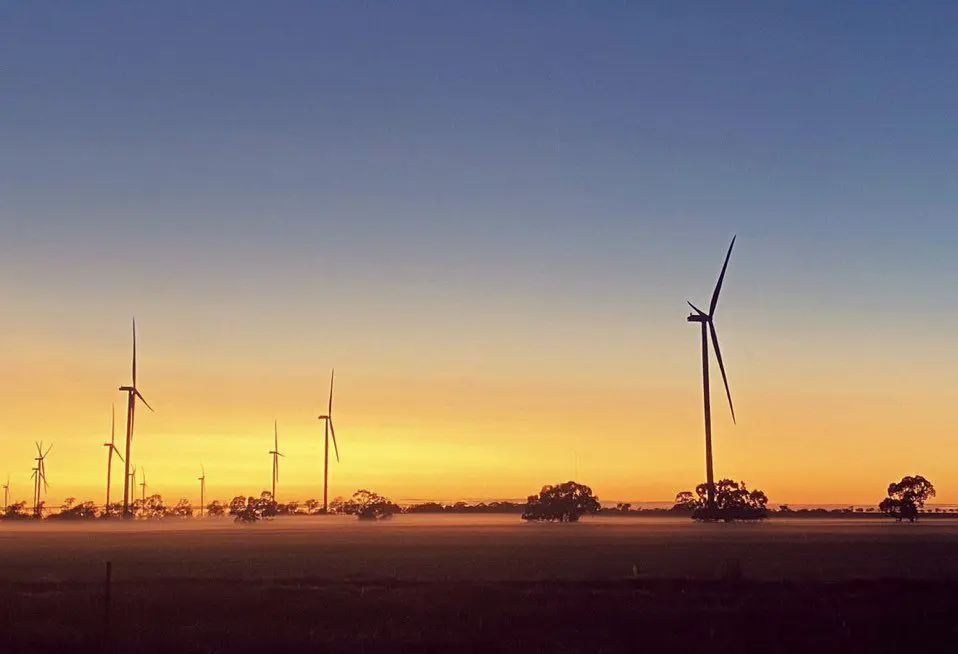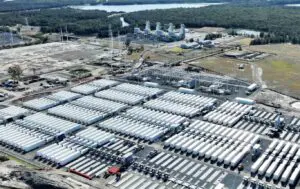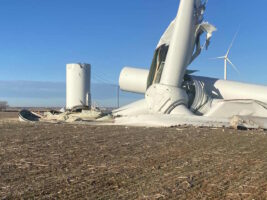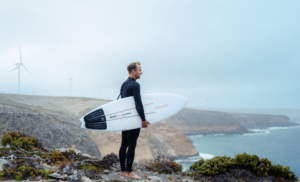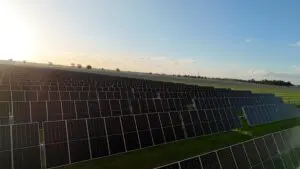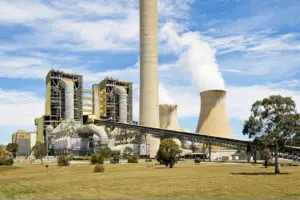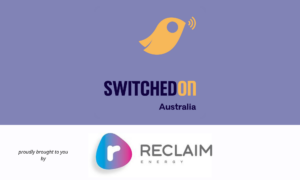The level of “potential renewables” – the combination of wind, solar and hydro energy actually produced, and curtailed – hit a record high of 102.1 per cent of electricity demand on Tuesday in yet another sign of the dramatic changes on Australia’s main grid.
The new record was reached at 12.25pm on Wednesday, according to GPE NEMLog, and beat the previous peak of 101.5 per cent that was set nearly a year ago, in October and in spring ,when these records tend to fall because of the good generating conditions and relatively moderate demand.
The actual share of generation did not reach a new peak on Wednesday – that stands at 72.1 per cent according to date from the Australian Energy Market Operator – but that was because of the large amount of wind and solar curtailment, much of it due to economic reasons as the price plunged below across all states.
Wholesale prices have fallen below reasons for a number of reasons. An oversupply of electricity, and the need for most coal generators to keep operating at minimum capacity.
To ensure they are dispatched, the coal generators bid the price asked for that capacity as low as is needed. Many wind and solar farms are obliged, or choose, to switch off once wholesale prices fall below zero.
More storage – both in the form of batteries and longer duration technologies – will help address that problem, but there is an engineering challenge too.
The market operator is currently operating on a roadmap to ensure that all the necessary protocols, and the ability to replicate the crucial system services traditionally provided by coal and gas generators, are in place.
AEMO had hoped to be able to accommodate periods of instantaneous 100 per cent renewables as soon as 2025. That timeline appears to have slipped as it continues to work on that roadmap, but higher levels of renewables are expected to be common in coming years.
They will need to be if the government’s target of 82 per cent renewables is to be reached by 2030, as modelled by AEMO’s own Integrated System Plan.
But the pace of growth is highlighted by this graph from GPE NEMLog, which shows that the share of potential renewables across the main grid has leaped from just 30 per cent in 2018 to more than 102 per cent now.
Individual states have often recorded levels of more than 100 per cent – particularly in South Australia which is already averaging 75 per cent wind and solar over the year, and has a target of 100 per cent net renewables by 2027. But that state is linked to another and can export and import when needs must.
The grid as a whole – the National Electricity Market – does not have that option, even if individual states do share output.
Wednesday saw a number of records falling across the grid, including the output of rooftop solar PV in South Australia, which reached a new peak of 1640 MW. Rooftop solar alone has already reached a world-leading 100 per cent of state demand in South Australia, although on this occasion it managed only 79 per cent of demand.
Rooftop solar hit a new peak of 52.1 per cent of NSW demand, which is significant given that state has the biggest coal fleet still in operation, although some of its units are offline for seasonal maintenance.
Another interesting record came in Queensland, where two newly commissioned battery projects, the 100 MW, 200 MWh Chinchilla battery and the 270 MW, 540 MWh Western Downs battery flexed their muscles for the first time in a major way.
That helped set a new record for battery discharge in Queensland of 276.9 MW at around 6.30pm in the evening peak, easily beating the previous record of 203 MW. Earlier in the day, the two batteries combined to help set a new charging peak of 228 MW as wholesale prices remained well below zero.

